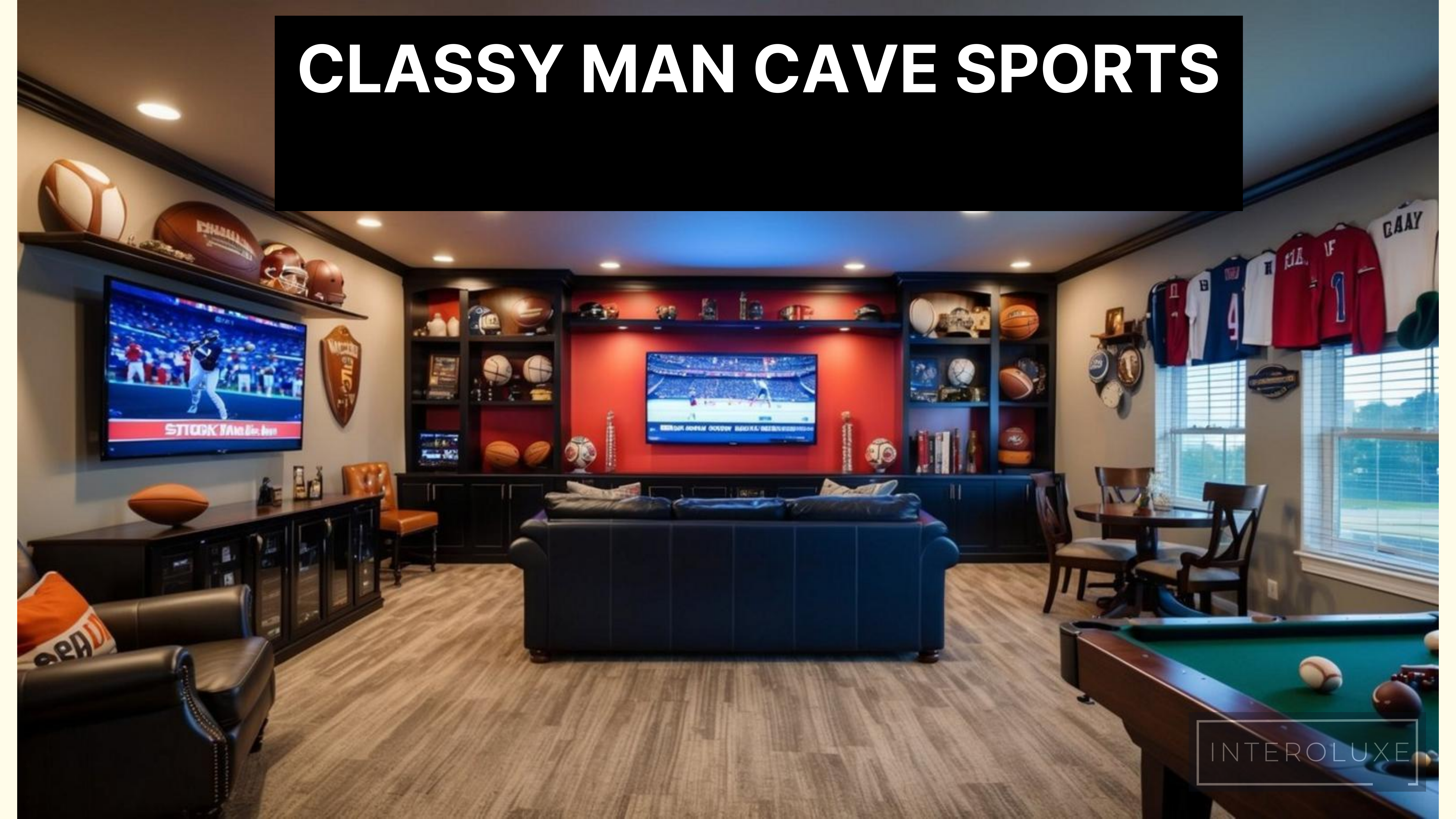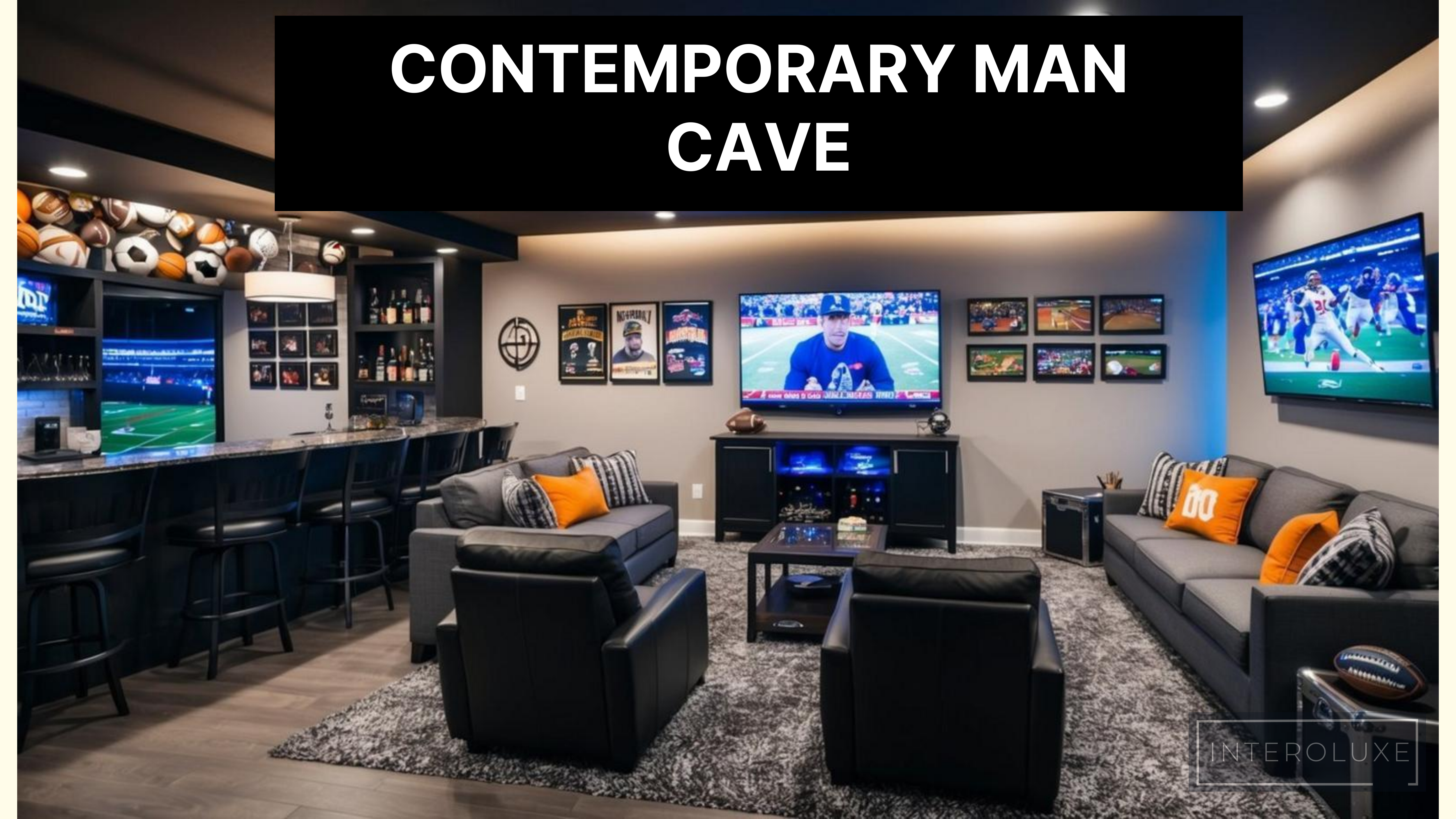15 Hottest Tips for Styling With the Coastal Aesthetic (Escape to Serenity with These Proven Ideas)

15) Wave Pattern Rugs
Wave pattern rugs bring ocean-inspired designs into coastal homes. These rugs feature flowing lines and curves that mimic the gentle movement of water, creating a calming atmosphere in any room.
Popular wave rug colors include various shades of blue, white, and sandy beige. Some designs incorporate aqua, teal, or navy to capture different ocean moods and depths.
The patterns range from subtle ripples to bold, dramatic waves. Some rugs showcase simple repeating wave lines, while others display more complex designs with foam crests and swirling water effects.
These rugs work well in living rooms, bedrooms, and entryways. Many coastal homeowners place them near sliding glass doors or windows that face the ocean to create a seamless connection between indoor and outdoor spaces.
Most wave pattern rugs are made from durable materials like wool, cotton, or synthetic fibers. These materials stand up well to foot traffic and maintain their shape over time.
The rugs come in various sizes, from small accent pieces to large area rugs. Round and oval shapes add extra visual interest, though rectangular rugs remain the most common choice.
Understanding The Coastal Aesthetic
The coastal aesthetic combines natural elements, light colors, and relaxed design principles to create spaces that capture the peaceful feeling of life by the sea. This style brings together influences from beach houses, maritime culture, and oceanside living.
Origins and Evolution
Coastal design emerged in the early 20th century among seaside communities in New England and California. Beach cottages featured simple, practical elements that protected against salt air and sand while maximizing ocean views.
The style gained popularity in the 1950s as more families bought vacation homes near the water. Interior designers began incorporating nautical touches and sea-inspired details.
Modern coastal aesthetic has moved beyond literal seashells and anchors. Today’s interpretation focuses on clean lines, natural textures, and subtle maritime influences.
Key Design Elements
Essential Features:
- Large windows
- Natural light
- Open floor plans
- Weathered wood
- Woven textures
Natural materials play a central role in coastal spaces. Jute rugs, rattan furniture, and driftwood accents create an organic feel.
White-painted woodwork and shiplap walls reflect traditional beach house architecture. These elements pair with comfortable, casual furniture in relaxed arrangements.
Color Palette Inspirations
The coastal palette draws directly from beach environments:
Base Colors:
- Crisp whites
- Soft beiges
- Warm grays
Accent Colors:
- Ocean blues
- Sandy neutrals
- Sea glass greens
These colors work together to create bright, airy spaces. Light neutral walls serve as a backdrop for subtle color variations inspired by shells, sand, and sea.
Paint choices often include matte finishes that mimic natural seaside textures.








